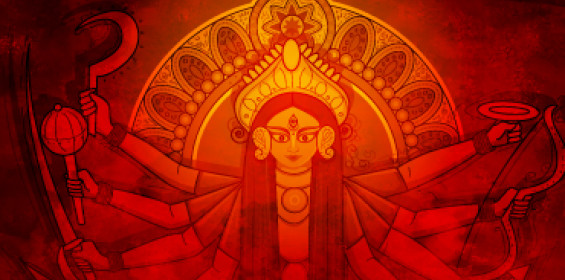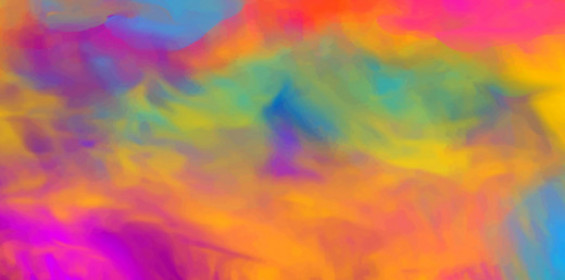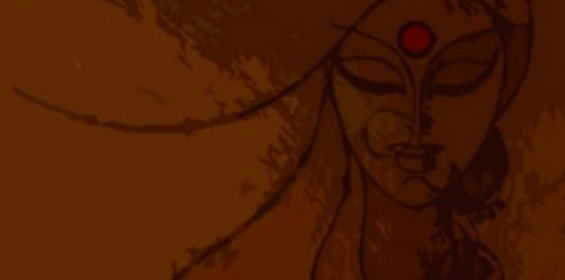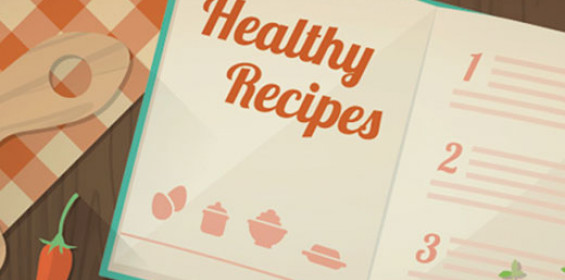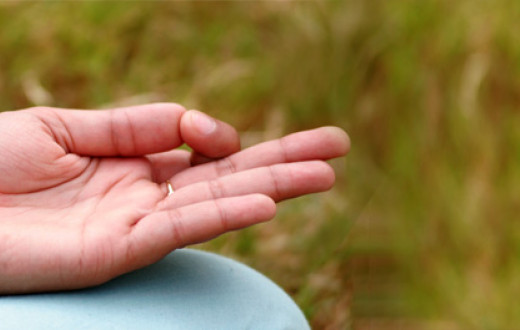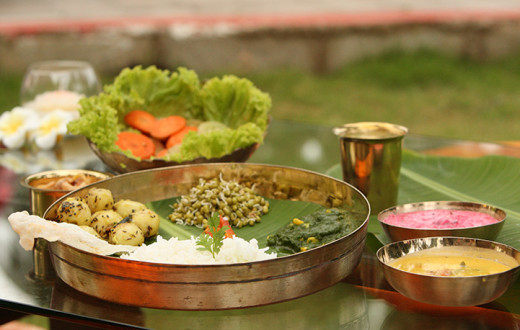In my childhood, my mother used to observe Navratri fast. I wondered why she ate a kind of chawal (rice) during fasting! 🤔 I thought maybe all women farmers were fasting when they harvested ‘samak chawal’. 😂 So here comes the samak chawal dhokla recipe for Navratri fast!

Like potato fries (french fries) are heavy on the stomach, boiled potatoes are not. In a similar vein, sabudana khichdi is heavy on the digestive system in comparison to sabudana dhokla. The reason is the use of oil is more in the former dish.
Rujuta Diwekar, India's leading nutrition and exercise science expert, promotes sabudana. She says, “Sabudana cools your system, keeps your scalp healthy, skin fresh and stomach light.”

To add the goodness of both samak and sabudana, I made a combo ‘Samak-dana’ dhokla.
Ingredients
For Dhokla Batter
Samak chawal – 1 cup
Sabudana/Sago pearls – 4tbsp or ⅓ cup
Ginger paste – 1 tsp
Green chilli paste – 1 tsp
Sendha salt – to taste
Sugar (optional) – 1 tsp
Curd – ½ cup
Water – ¾ cup
Fruit Salt – ½ -¾ tsp (one Eno sachet)
Oil – for greasing the bowl
Join a Free workshop on Yoga, Meditation and Breath
For Tempering
Oil – 2 tbsp (groundnut oil, prefer cold pressed oil)
Cumin or mustard seed – 1 tsp
Sesame seeds – 1 tsp
Green Chilli – 2 nos (slit)
Curry Leaves (optional) – a handful
Coriander sprigs (optional) – few
Lemon juice – 2tsp
Sugar – 1tsp
Procedure for Dhokla
Step 1 - Dry grind samak chawal into a grainy powder. Don’t grind it to a fine powder. (If you wish to wash samak before use, after wash, sieve excess water and then grind. Some prefer to soak samak chawal and grind it after 3-4 hours.)
Step 2 - Dry grind raw sabudana into a coarse powder.
Step 3 - Add salt, curd, ginger and green chilli paste. If you don’t like ginger, you can avoid it. But I prefer using ginger in fasting recipes to keep up the digestive fire. Add water to bring the batter to a flowing consistency. Set aside to rest overnight or for 2-4 hours.

Step 4 - Set the steamer with sufficient water on flame and then grease the pan before adding Eno solution to the batter.
Step 5 - Mix Eno with little oil to coat each granule of Eno with oil.
Step 6 - Add this Eno mix to the batter. Mix well and pour it into the greased pan to set in the steamer.
Step 7 - After 20 minutes, check with a toothpick, knife, or fork in the center of the pan if the dhokla has cooked well. It will come out clean. Set the pan aside to cool.
Step 8 - Be in no haste. Flip the side of the dhokla in the pan by tapping at the bottom of the pan, only after it cools completely.
Procedure for Tempering
Step 1 - Heat a tempering or tadka pan, pour oil, add mustard or cumin seeds, sesame seeds, and split chilies and curry leaves to crackle.
Step 2 - Add lemon juice with sugar and 4 tbsp water in it. Put off the flame.
Plating
Cut the dhokla into big square or triangular pieces. Spread the tempering on the dhokla evenly. Some serve with coriander mint chutney.
You can garnish with coriander leaves, coconut shreds, and pomegranate arils.
Variations
Instead of tempering the dhokla, marinate it with hung curd and mint chutney mix and grill it till crisp brown.
Saute chopped green chillis, curry leaves, raisins, and coarsely ground peanuts, and add to the batter for the crunchiness in bites.
If you are not fasting, you can also use other millets in place of Samak chawal. Their taste is equally good.
Checkpoints
The batter should coat the spoon without lumps.
If you set aside the batter for rest overnight, set the steamer on flame and then grease the pan before adding Eno solution to the batter in the morning.
Avoid your steamer getting a white coating of boiling water by dropping the lemon peels in the water.

Mixing oil with Eno gives it some time to initiate its reaction, or else the reaction completes before you pour the batter into the pan. It aids the batter to rise well.
After mixing Eno in the batter, pour it into the greased pan to set in the steamer.
While the dhoklas are getting ready, prepare the tempering to manage time.
Flipping the dhokla in the pan before pouring the tempering on it brings the porous side on top. The tempering will seep in the dhokla much better.
Don’t expect your dhoklas to be spongy like khaman. Khaman is made up of gram flour. Dhoklas are prepared from mixed grains.
Written by: Pratibha Sharma
We’d love to hear from you!
Please write to us @artofliving about how the recipe tasted for you.
Related links
FAQs on Fasting foods for Navratri
It is called Barnyard millet.
They are small tiny round millet creamish grains smaller than the rice grain. Sama rice is a good health option during fasting days and also makes a gluten-free grain, fibre-rich, and nutritious seed.
Samo rice, samak rice, jhangora, shyama, mordhan, moraiyo, moraiya, vrat ka chawal, vari cha tandul, bhagar or kodri, jungle rice, vari, varai, sanwa, samwa, samvat, bhagar and swang.
Commonly known as sago, sabudana, sagudana, javvarishi, chowwary, saksak, rabia and sagu, it is made from the starch extracted from tapioca tuber.
Yes. Sabudana is a good source of energy, cools your system, and keeps your scalp healthy, skin fresh, and stomach light.
It is recommended that diabetic patients should eat sabudana in moderation as it has a high glycemic index and calories.

